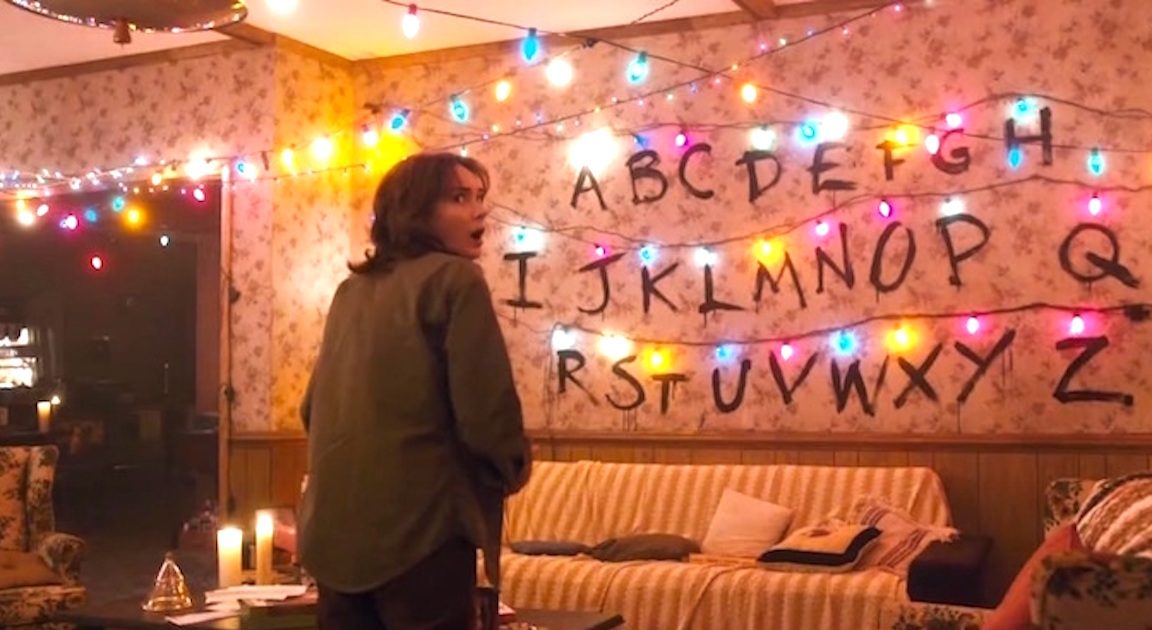Netflix introduces a new kind of subtitles for the non-hearing impaired
Wait, what did they say?
Netflix introduces a new kind of subtitles for the non-hearing impaired
Just the dialogue—no sound effects or music cues.
Samuel Axon
–
Apr 25, 2025 4:48 pm
|
129
Netflix programming is getting a new kind of subtitles.
Credit:
Netflix
Netflix programming is getting a new kind of subtitles.
Credit:
Netflix
Story text
Size
Small
Standard
Large
Width
*
Standard
Wide
Links
Standard
Orange
* Subscribers only
Learn more
Multiple studies and investigations have found that about half of American households watch TV and movies with subtitles on, but only a relatively small portion of those include someone with a hearing disability. That's because of the trouble many people have understanding dialogue in modern viewing situations, and Netflix has now introduced a subtitles option to help.
The closed captioning we've all been using for years includes not only the words the people on-screen are saying, but additional information needed by the hard of hearing, including character names, music cues ("dramatic music intensifies") and sound effects ("loud explosion").
For those who just wanted to make sure they didn't miss a word here and there, the frequent descriptions of sound effects and music could be distracting. This new format omits those extras, just including the spoken words and nothing else—even in the same language as the spoken dialogue.
The feature will be available in new Netflix original programming, starting with the new season of You in multiple languages. Netflix says it's looking at bringing the option to older titles in the library (including those not produced by Netflix) in the future.
Traditional closed captions are still available, of course. Those are labeled "English CC" whereas this new option is simply labeled "English" (or whatever your preferred language is).
This is just the latest answer to a long-standing problem. Streamers and device makers have been including speech or dialogue boost audio modes to help users better understand dialogue, too. There's no single reason this is now a problem that needs solving—rather, it's a confluence of things.
The performance style of actors in current TV shows and movies is more naturalistic and less elocutive than it once was, so characters are more likely to speak softly. Streaming services compress the audio more vigorously than is common in physical media, which can cause problems with intelligibility. The range of home audio hardware is far wider than ever before, so engineers and editors mastering shows and films face the near-impossible task of providing strong dynamic range and quality for those with high-end systems, but still making it sound good on cheap TV speakers.
It's a relatively new problem, and everyone from hardware makers to audio engineers is seeking the ideal solution. Netflix's new subtitles don't really fix it, of course, but they make the viewing experience a little nicer for the millions of people who've resorted to reading subtitles all the time.
Samuel Axon
Senior Editor
Samuel Axon
Senior Editor
Samuel Axon is a senior editor at Ars Technica, where he is the editorial director for tech and gaming coverage. He covers AI, software development, gaming, entertainment, and mixed reality. He has been writing about gaming and technology for nearly two decades at Engadget, PC World, Mashable, Vice, Polygon, Wired, and others. He previously ran a marketing and PR agency in the gaming industry, led editorial for the TV network CBS, and worked on social media marketing strategy for Samsung Mobile at the creative agency SPCSHP. He also is an independent software and game developer for iOS, Windows, and other platforms, and he is a graduate of DePaul University, where he studied interactive media and software development.
129 Comments


